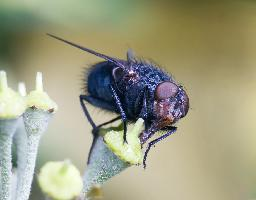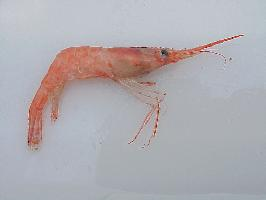
Stav ohrožení
| Neohrožen |
Popis zvířete
The Helmet jellyfish, scientifically named Periphylla periphylla, is a deep-sea species of jellyfish that embodies an intriguing blend of mystery and beauty, thriving in the pelagic zone of oceans around the world. This enigmatic creature has adapted to life in the depths, where sunlight scarcely penetrates, enabling it to inhabit environments ranging from the mesopelagic to the bathypelagic zones, typically found at depths of 700 to 2,000 meters, though it has been observed at depths of up to 7,000 meters.One of the most striking features of the Helmet jellyfish is its distinctive morphology. The bell, resembling the shape of a helmet or dome, can grow up to 30 cm in diameter, and is usually a deep red to burgundy color, a hue that effectively absorbs blue light and makes the jellyfish nearly invisible to predators and prey in the deep-sea environment. The bell's surface is smooth, and beneath it hang numerous tentacles and oral arms, which can be retracted into pouches around the bell's margin for protection.
The Helmet jellyfish is bioluminescent, capable of producing its own light through a chemical reaction within its body. This light production plays a crucial role in its survival, aiding in counter-illumination camouflage, where it matches the light from above to obscure its silhouette from predators lurking below, and possibly in communication, mating, and attracting prey.
Feeding habits of Periphylla periphylla are opportunistic and carnivorous, preying on a variety of marine organisms. It uses its stinging tentacles to capture small fish, zooplankton, and other jellyfish. Its diet allows it to play a significant role in the deep-sea food web, both as a predator and as prey for larger creatures such as certain species of fish and turtles.
Reproduction in Helmet jellyfish involves a fascinating lifecycle that includes both sexual and asexual phases. They can reproduce sexually by releasing sperm and eggs into the water, where fertilization occurs. The resulting larvae eventually settle on the ocean floor and develop into polyps. These polyps can reproduce asexually, budding off new jellyfish that will grow and ascend to the open water, continuing the cycle.
The Helmet jellyfish's adaptation to the deep-sea environment, including its bioluminescence, unique feeding habits, and reproductive strategies, highlight the remarkable diversity of life forms in the ocean's depths. Despite its alien appearance and remote habitat, Periphylla periphylla plays a crucial role in the marine ecosystem, contributing to the complex food web and offering insights into the adaptation of life in one of Earth's most extreme environments.
While not commonly encountered by humans due to its deep-sea habitat, the Helmet jellyfish represents a subject of ongoing scientific interest, contributing valuable information to our understanding of biodiversity, deep-sea ecology, and the evolutionary adaptations that enable life to thrive in the ocean's abyssal zones.
Podobná zvířata
Nové fotografie zvířat
Top 10 zvířat
- Chinese water dragon (Physignathus cocincinus)
- Galápagos tortoise (Geochelone nigra complex)
- Dolphin gull (Leucophaeus scoresbii)
- Japanese macaque (Macaca fuscata)
- Colombian red howler (Alouatta seniculus)
- Sea urchins (Echinoidea)
- Moustached guenon (Cercopithecus cephus)
- Diana monkey (Cercopithecus diana)
- Common reed warbler (Acrocephalus scirpaceus)
- Common house mosquito (Culex pipiens)


